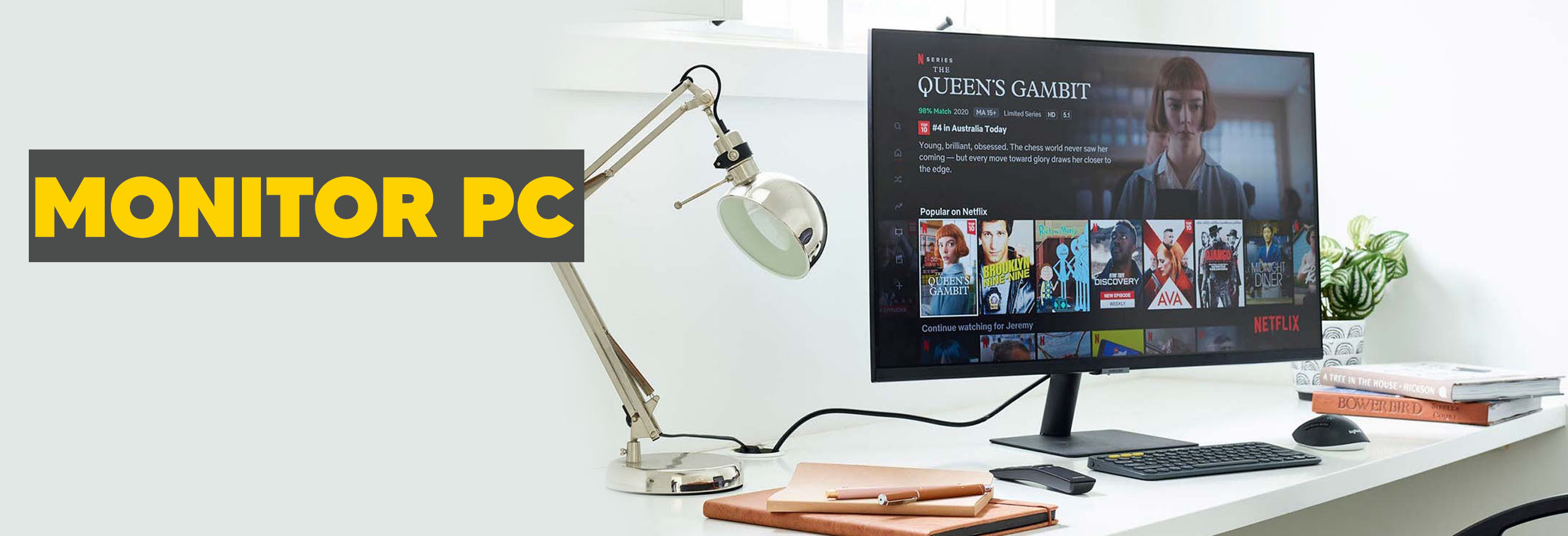The Ultimate Guide to Choosing the Right PC Monitor.

Looking for a new PC monitor? This ultimate guide has everything you need to know to make the best choice. From screen size to resolution, we've got you covered.
Are you in the market for a new PC monitor? With so many options available, it can be overwhelming to choose the right one. This comprehensive guide will walk you through everything you need to know, from screen size to resolution, to help you make the best choice for your needs.
Here PCC Computers is one of the best computer services and Repair, tablet repair ,Mac Repair best Phone repair Laptop,pc part stores near me, Mobile phone screen Replacement , Gaming Console Repair and computer or Laptop Repair Service , best cheap computer shop Best cheap gaming computers .All other repair shop in Wollongong and DAPTO.
Contact for the Expert call :https://pccaus.com/
132 Keira Street , wollongong , NSW 2500 (02) 42314570 0480333491
1/53 Baan Baan Street, Dapto NSW 2530 (02) 42014055 0483892176
Determine your needs and preferences.
Before diving into the world of PC monitors, it's important to determine your needs and preferences. Consider what you will be using the monitor for - gaming, graphic design, or general office work. This will help you determine the necessary features and specifications. Additionally, think about your budget and any specific preferences you may have, such as a curved screen or adjustable stand. By understanding your needs and preferences, you can narrow down your options and find the perfect PC monitor for you.
Consider the screen size and aspect ratio.
When choosing a PC monitor, one of the first things to consider is the screen size and aspect ratio. The screen size refers to the diagonal measurement of the display, typically measured in inches. Think about how much space you have on your desk and how close you will be sitting to the monitor. If you have limited space or prefer a more compact setup, a smaller screen size may be more suitable. On the other hand, if you want a more immersive experience or need to see more details, a larger screen size may be preferable.
The aspect ratio refers to the width and height of the screen. The most common aspect ratio for PC monitors is 16:9, which is suitable for most tasks and multimedia content. However, if you work with professional graphics or prefer a wider display, you may consider a monitor with a 21:9 ultrawide aspect ratio. This can provide a more cinematic viewing experience and allow for better multitasking.
Ultimately, the screen size and aspect ratio should be chosen based on your personal preferences and the specific tasks you will be performing on your PC. Consider how you will be using the monitor and choose a size and aspect ratio that will enhance your overall computing experience.
Understand the different panel types.
When choosing a PC monitor, it's important to understand the different panel types available. The panel type refers to the technology used to create the display and can greatly impact the image quality and viewing experience.
The most common panel types are TN (twisted nematic), IPS (in-plane switching), and VA (vertical alignment). TN panels are known for their fast response times and high refresh rates, making them ideal for gaming and fast-paced action. However, they often have narrower viewing angles and less accurate color reproduction compared to IPS and VA panels.
IPS panels offer wider viewing angles and more accurate color reproduction, making them suitable for tasks that require color accuracy, such as photo editing or graphic design. They also typically have slower response times compared to TN panels, so they may not be the best choice for gaming enthusiasts.
VA panels offer a balance between TN and IPS panels, with better color reproduction and wider viewing angles than TN panels, but not as good as IPS panels. They also tend to have better contrast ratios, making them suitable for tasks that require deep blacks and vibrant colors.
Consider your specific needs and preferences when choosing a panel type. If you prioritize fast response times and gaming performance, a TN panel may be the best choice. If color accuracy and wide viewing angles are important to you, an IPS panel may be more suitable. And if you want a balance between the two, a VA panel could be the right option.
Look for a high resolution and pixel density.
When choosing a PC monitor, it's important to consider the resolution and pixel density. Resolution refers to the number of pixels on the screen, while pixel density refers to the number of pixels per inch (PPI).
A higher resolution and pixel density can result in sharper and more detailed images. This is especially important if you plan on using your monitor for tasks that require precise details, such as graphic design or video editing.
Common resolutions for PC monitors include Full HD (1920x1080), Quad HD (2560x1440), and Ultra HD or 4K (3840x2160). The higher the resolution, the more pixels are packed into the screen, resulting in a clearer and more detailed image.
However, it's important to note that a higher resolution may also require more powerful hardware to drive the monitor effectively. Make sure your computer can support the desired resolution before making a purchase.
Additionally, consider the size of the monitor when choosing a resolution. A higher resolution on a smaller screen may result in smaller text and icons, which could be difficult to read or see. On the other hand, a lower resolution on a larger screen may result in pixelation and a less sharp image.
Ultimately, the best resolution and pixel density for you will depend on your specific needs and preferences. Consider the tasks you will be using the monitor for and choose a resolution that provides the level of detail and clarity you require.
Consider the refresh rate and response time.
In addition to resolution and pixel density, it's important to consider the refresh rate and response time when choosing a PC monitor.
The refresh rate refers to how many times the monitor can refresh the image on the screen per second. A higher refresh rate, such as 144Hz or 240Hz, can result in smoother and more fluid motion, which is especially important for gaming or watching fast-paced videos.
The response time, on the other hand, refers to how quickly the pixels on the screen can change from one color to another. A lower response time, measured in milliseconds (ms), can help reduce motion blur and ghosting, resulting in clearer and more defined images, particularly during fast-moving scenes.
Both the refresh rate and response time can contribute to a better overall viewing experience, but it's important to note that they may require more powerful hardware to fully take advantage of. Make sure your computer can support the desired refresh rate and response time before making a purchase.
Ultimately, the best refresh rate and response time for you will depend on your specific needs and preferences. Consider the types of content you will be viewing and choose a monitor with a refresh rate and response time that can provide the level of smoothness and clarity you desire.



